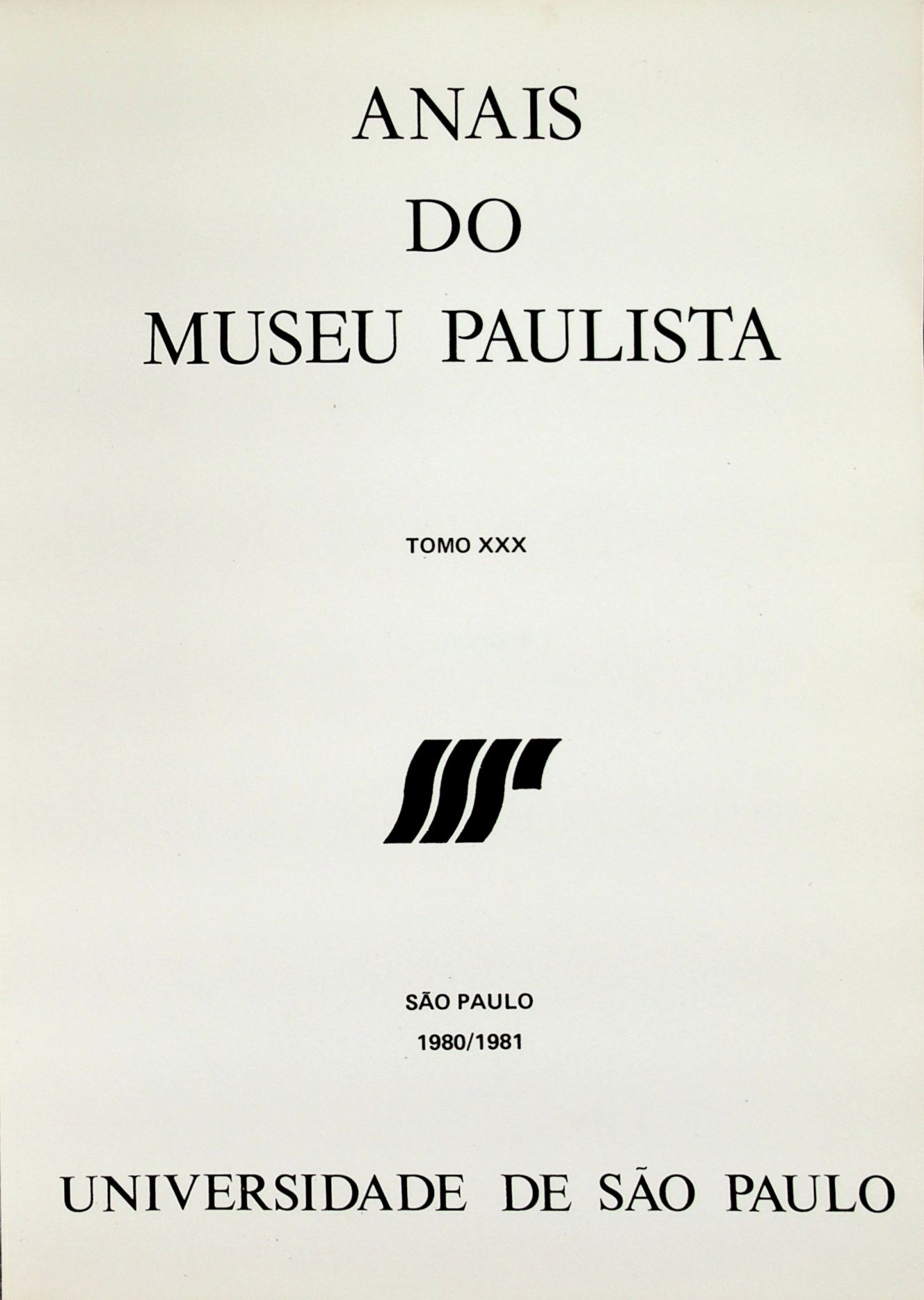Tecnologia e escravocracia no Brasil durante o século XIX: uma reinterpretação
DOI:
https://doi.org/10.11606/1982-02671981TomoXXXe4Resumo
This work attempts to revise the existing historiographical assumption that slavery and capitalism were not compatible and that for this reason the slavocracy lacked a modernizing mentality. It isargued that the Brazilian sugar plantation system was a variant of the capitalist agriculture of the larger Atlantic world-economy. Furthermore, it is argued that the Brazilian slavocracy embodied certain characteristics which have traditionally been ignored by historians but should now be viewed as integral features of the Brazilian capitalist agriculture: a desire to invest in new projects, an ability to accumulate capital, and a willingness to risk capital in order to maximize economic gains. Admittedly, not all planters developed such a mentality. Between 1790 and 1840 Brazil went through a host of crises, especially in its export agriculture, which provided both incentives and the necessity for selective agroindustrialization in the succeeding decades. Two cases of slavocratic clans, one in Bahia and another in Rio province, were chosen here to observe the regional variations as well as to generalize the attitudes of the hegemonic elite at large. The Bahian and Fluminense cases were also contrasted, when and where schematically desirable, with the experiences in other provinces such as Alagoas, Maranhão, and São Paulo. It is hypothesized that capitalist agriculture based on a coercive labor regime as in the case of Brazil did not necessarily impede a modernizing process, but rather placed limits on its growth and diversification.
Downloads
Downloads
Publicado
Edição
Seção
Licença
Copyright (c) 1981 Eul-Soo Pang

Este trabalho está licenciado sob uma licença Creative Commons Attribution 4.0 International License.
Autores que publicam nesta revista concordam com os seguintes termos:
- Autores mantém os direitos autorais e concedem à revista o direito de primeira publicação, com o trabalho simultaneamente licenciado sob a Licença Creative Commons Attribution que permite o compartilhamento do trabalho com reconhecimento da autoria e publicação inicial nesta revista.
- Autores têm autorização para assumir contratos adicionais separadamente, para distribuição não-exclusiva da versão do trabalho publicada nesta revista (ex.: publicar em repositório institucional ou como capítulo de livro), com reconhecimento de autoria e publicação inicial nesta revista.
- Autores têm permissão e são estimulados a publicar e distribuir seu trabalho online (ex.: em repositórios institucionais ou na sua página pessoal) a qualquer ponto antes ou durante o processo editorial, já que isso pode gerar alterações produtivas, bem como aumentar o impacto e a citação do trabalho publicado (Veja O Efeito do Acesso Livre).



